Each ozone molecule consists of three oxygen atoms and is found in the Earth's upper atmosphere and on the ground. Whether ozone is good or bad depends on where it is found and how strong it is.
High-quality ozone, called stratospheric ozone, occurs naturally in the upper atmosphere and forms a protective layer that shields us from the sun's harmful ultraviolet radiation. This beneficial ozone has been partially destroyed by man-made chemicals and is called the "ozone hole."
Ground-level ozone is a harmful air pollutant that affects both humans and the environment and is a major component of "smog." This is because tropospheric or ground-level ozone is not emitted directly into the air but is produced by the chemical reactions of nitrogen oxides (NOx) and volatile organic compounds (VOCs) emitted by anthropogenic sources.
This occurs when pollutants emitted from automobiles, power plants, industrial boilers, refineries, chemical plants, and other sources react chemically in the presence of sunlight.

Many suppliers now offer ozone generators. So do ozone generators produce good or bad ozone and what is the difference between naturally occurring ozone?
How Do Good and Bad Ozone Form?
Good Ozone: In the stratosphere, ozone is created through natural processes involving the interaction of sunlight with molecular oxygen (O2). This layer, situated approximately 10 to 30 miles above the Earth's surface, acts as our planet's sunscreen, absorbing the majority of the sun's harmful UV radiation.
Bad Ozone: At ground level, the scenario flips. Here, ozone is not emitted directly. It forms when pollutants from cars, factories, and other sources chemically react under the sunlight. This form of ozone is a key component of smog, an air pollutant with serious health and environmental impacts.
Ozone Generators and Their Application
Recognizing the need for effective disinfection methods, many suppliers offer ozone generators. But do these devices produce good or bad ozone?
Ozone Generators: Typically, the ozone produced by these devices is for disinfection purposes, tentatively classified as good ozone due to its short-lived nature. When used properly, ozone generators can neutralize odors, bacteria, mold, and viruses, leaving behind only oxygen as it decomposes.
How Does an Ozone Generator Work?
Ozone (O3) can be used as a disinfectant. Oxidation occurs when odors, bacteria, mold, or viruses encounter ozone. This eliminates harmful pollutants and odors. Some of the oxygen atoms in ozone are consumed, and the remaining oxygen atoms are reduced to oxygen. Therefore, it doesn't last long in the air. So, we tentatively call the ozone produced by ozone generators good ozone.
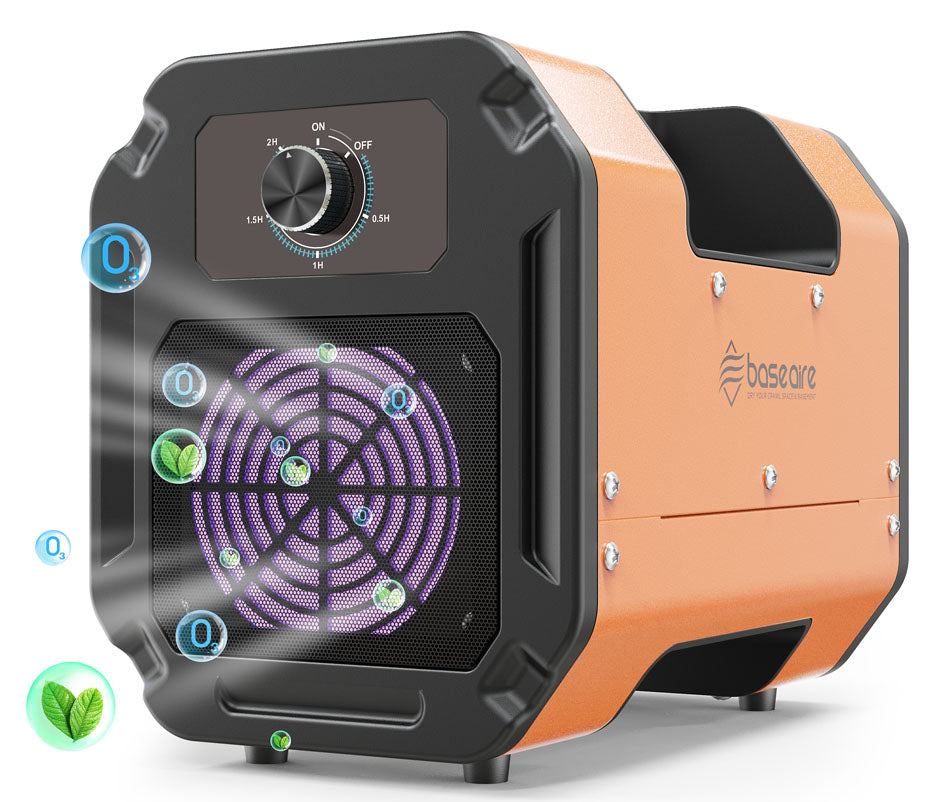
What are Ozone Generators Used for?
Killing Pests
Ozone works by dissolving cells. This method is effective against bed bugs, cockroaches, bug mites, etc. lurking in your home or business. What could be better than that? Ozone kills these creatures without the use of harmful chemicals, making it a green alternative to pesticides.
Car Cleaning
Whether you run a 4S business, a car dealership, or are just a car owner, a small ozone generator is a must-have for any car cleaning kit. The BaseAire 888 Pro unit is one of our most powerful ozone generators and can be used in RVs, boats, large campers and large spaces. You can even cut down on operating time by using the 888 Pro in smaller applications like cars, trucks and vans.
Hotel Odor Removal
Whether you have extended-stay guests, run a bed and breakfast, or own a chain of hotels, an ozone generator is a wise investment. Protecting your guests from viruses and dangerous bacteria is important for your hotel's success. The O-UVC3 Pro 's ozone output of 15,000 mg/h eliminates the need for artificial fragrance masking and leaves no chemical residue.
Eliminates Viruses
Studies have shown that ozone generators can reduce the potency of the COVID-19 virus by up to 90%, even when used at low concentrations over an extended period of time. However, to inactivate 99% of viruses by ozone, they must be used at higher concentrations than for bacteria.
For the treatment of environmental surfaces (surface viruses), a longer exposure time of about 30 minutes is required, while for all airborne virus particles (airborne viruses), 8-10 minutes is sufficient to remove 99.9% of them.
Viruses in water are more susceptible to ozone inactivation, and a short exposure time (about 1 minute or slightly longer) is sufficient to inactivate 99% of them.
Potential problems and hazards of "bad ozone"
"Bad ozone", or ground-level ozone, can pose several problems and hazards to human health, ecosystems, and the environment due to its reactive nature and harmful effects. Here are some potential issues associated with ground-level ozone:
Health Risks of High Ozone Levels
High levels of ozone are unsafe, especially for children, the elderly, and people with heart disease or respiratory problems.
High concentrations of ozone can irritate the respiratory tract and cause symptoms such as sore throat, cough, and shortness of breath. High concentrations of ozone react with human cells in an oxidizing manner, which can cause cell damage and accelerate the aging process.
High ozone levels can also cause eye pain, redness, itching, and eye-watering. Long-term exposure to high ozone levels can also weaken immune system function and increase the risk of contracting diseases. Direct contact with high ozone levels can cause skin irritation, dryness, and allergic reactions.
Problems That Can Arise From Improper Use of Ozone Generators
Before using an ozone generator, read the instructions carefully, as standards for use may vary by brand and model. Turning on an ozone generator in a crowded area such as an office, classroom, or other public place will affect the health of others. Do not use the ozone generator when people, animals, or plants are in an enclosed space, as this is detrimental to the health of living things. Also, don't use the ozone generator continuously for a long period of time, as this will cause the ozone concentration in the air to exceed the limit without giving the room air time to return to normal air.
How to Avoid the Formation of "Bad Ozone"
To avoid the formation of bad ozone, we offer some suggestions
A: Follow the instructions: Read your ozone generator's instruction manual to learn about proper use and safety tips.
B: Check the ozone concentration: Ensure that ozone occurs within safe limits and doesn't exceed recommended levels for equipment.
C: Ventilation: After using the ozone generator, timely air circulation and ventilation will help dilute the ozone concentration and improve air quality.
D: Reasonable time of use: Do not turn on the ozone generator for a long period of time, especially for people who are vulnerable.
E: Do not use near living things: Avoid using ozone generators in areas where people/animals/plants are present to avoid harmful effects.

F: Buy a reliable brand: Choose a well-known brand and a certified ozone generator to ensure product quality and safety.
G: Reasonable purpose use: Use ozone generators reasonably for air purification and odor elimination, not as medical devices or therapeutic equipment.
Conclusion
As an effective air purification device, ozone generators can provide you with a fresh and comfortable indoor environment, but they must be operated under proper conditions to ensure human health and safety. When used properly, the ozone produced by an ozone generator is good ozone. They improve air quality, use safe engineering principles, produce no harmful byproducts, and effectively sterilize the air to create a healthy and comfortable indoor environment. In contrast, improperly used or low-quality ozone generators can cause health risks such as respiratory irritation, oxidative stress, effects on the immune system, skin problems, and eye irritation.
Whether you are planning to purchase an ozone generator or already have one in use, we strongly recommend that you choose carefully when purchasing and using an ozone generator. Know the difference between "good ozone" and "bad ozone," properly understand the principles of ozone application, and avoid prolonged exposure to high levels of ozone to protect the health and well-being of yourself and your family.
Please read the instruction manual in detail before using the product to ensure you understand its features, use, and safety tips.
We're always here if you have any questions about ozone generators or need further advice. Our professional team will be happy to answer your questions and provide you with technical support and personal advice. You can contact us in the following ways:
Phone: 1-888-641-8862 (US)
Email: support@baseaire.com
Website: www.baseaire.com

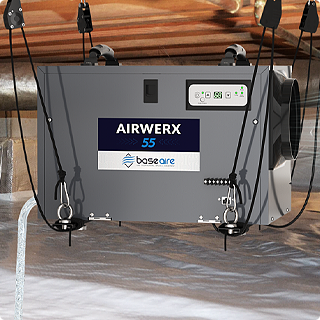
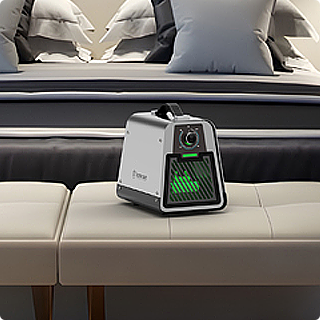
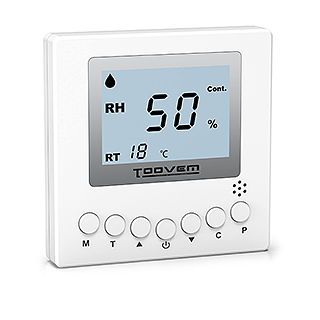
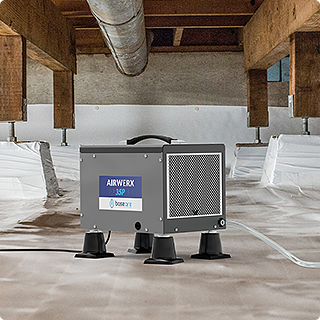
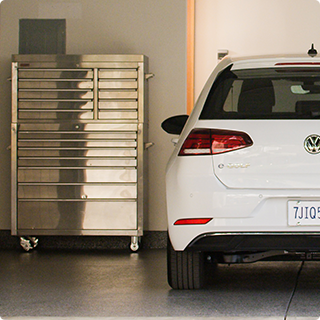
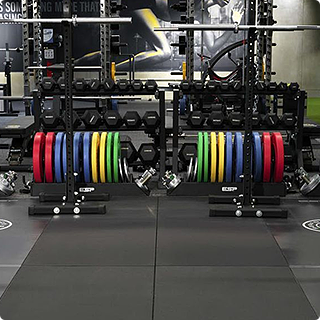
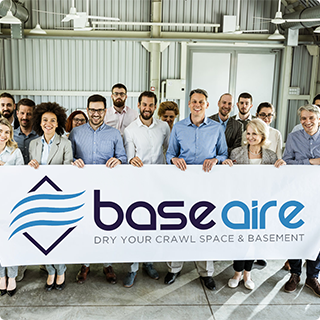

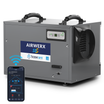
![BaseAire 888 Pro 7,000 mg/h Ozone Generator, Digital O3 Machine Home Ozone Machine Deodorizer - Ozone Generator from [store] by Baseaire - Disinfection, Ozone Generator](http://www.baseaire.com/cdn/shop/products/888-Pro-_-1.jpg?v=1698817267&width=104)
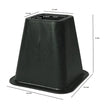
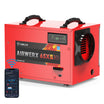

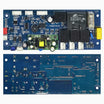
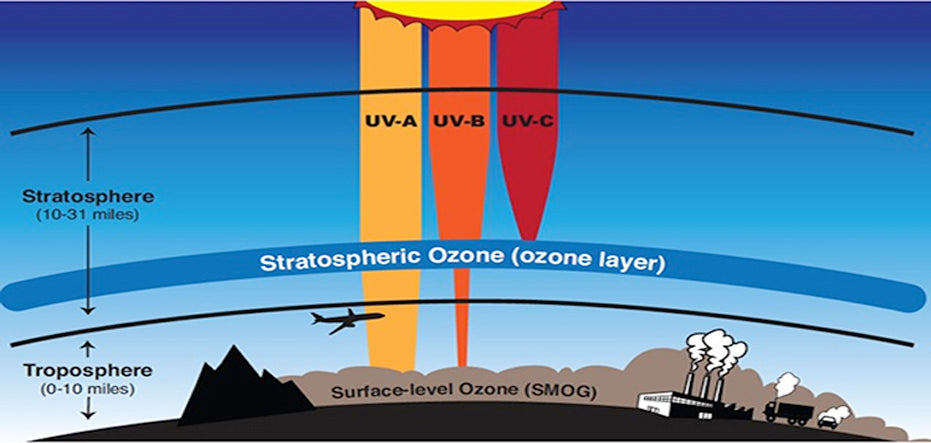
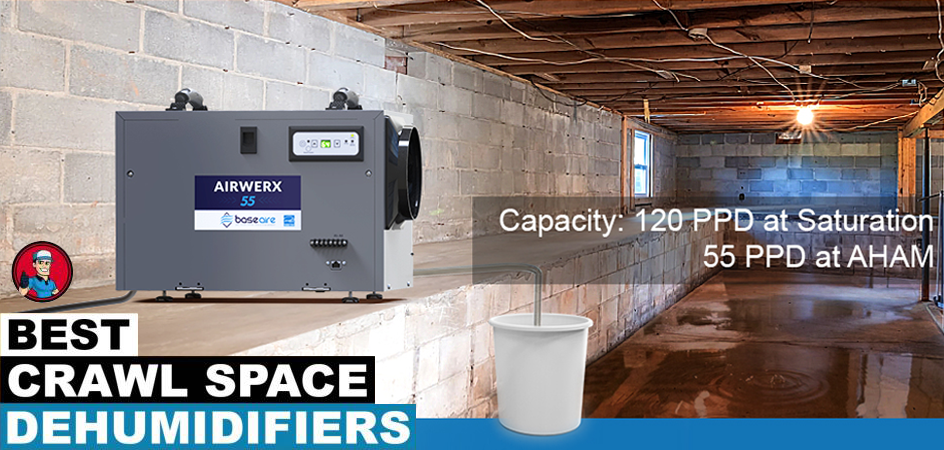

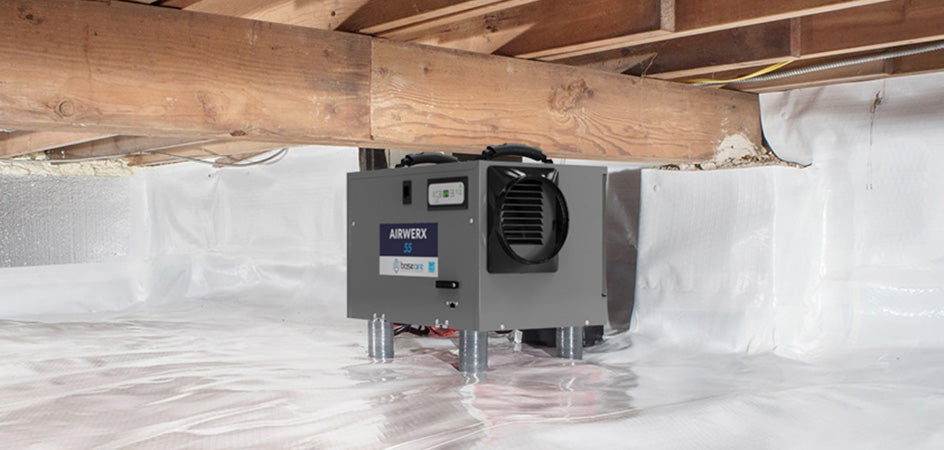




Leave a comment
All comments are moderated before being published.
This site is protected by hCaptcha and the hCaptcha Privacy Policy and Terms of Service apply.